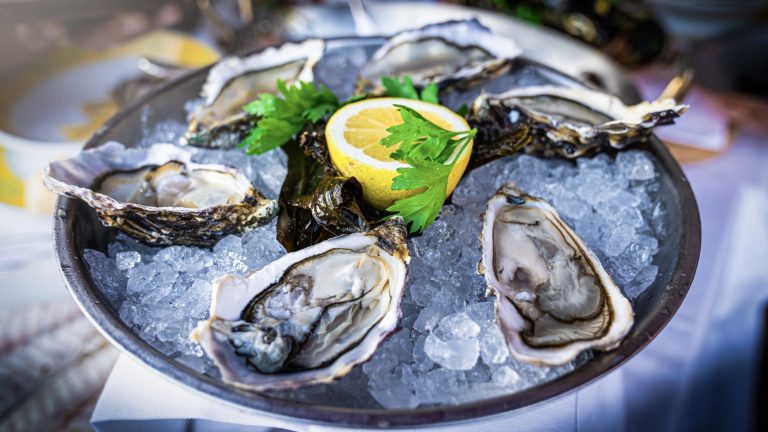An unnamed man in Galveston County, Texas, has lost his life after eating raw oysters and getting infected with Vibrio vulnificus, which the Centers for Disease Control and Prevention (CDC) notes can lead to necrotizing fasciitis — aka flesh-eating disease.
RELATED: New Jersey Family Says Child Discovered Dead Mouse Inside Chicken McNugget | TSR Investigates
The Adult Is Described As Having “Underlying Health Conditions” Before Consuming The Oysters
According to a statement from the Galveston County Health District (GCHD), the man passed away from the bacterial infection shortly after consuming raw oysters.
Infections typically result in stomach pain and diarrhea, which can lead to necrosis and prove fatal in immunosuppressed people.
Regarding the decedent, he’s described as being in the 30-to-40-year age range. Additionally, the GCHD acknowledges he “had underlying health conditions that predisposed him to vibrio infection.”
The specifics of the man’s conditions remain unclear. However, it’s noted that factors like diabetes and liver disease can make people more susceptible to serious Vibrio vulnificus infections.
We should also add that raw oyster consumption isn’t the only way that issues can come about. In fact, exposing an open wound to infected water can also lead to the bacterium entering the body. For context, it’s naturally found in warm, brackish waters along the East Coast.
Climate Change Can Cause The Situation To Worsen
With this case in mind, it’s worth acknowledging a study published in the Scientific Reports journal earlier this year.
Per the study, rising temperatures can potentially result in “the length of the coastline where infections are present [to increase] between 10,800 and 10,900 km” by 2040. In other words, climate change could cause Vibrio vulnificus infections to increase while simultaneously “extend[ing] northwards.”
In support of this stance, it’s noted that wound infections coming from Vibrio vulnificus “increased eightfold” between 1988 and 2018.
Although the general number of cases appears to be on the rise, the CDC points out that, on account of oysters being filter feeders, it’s common for the “bacteria [to] concentrate in their tissues.”


